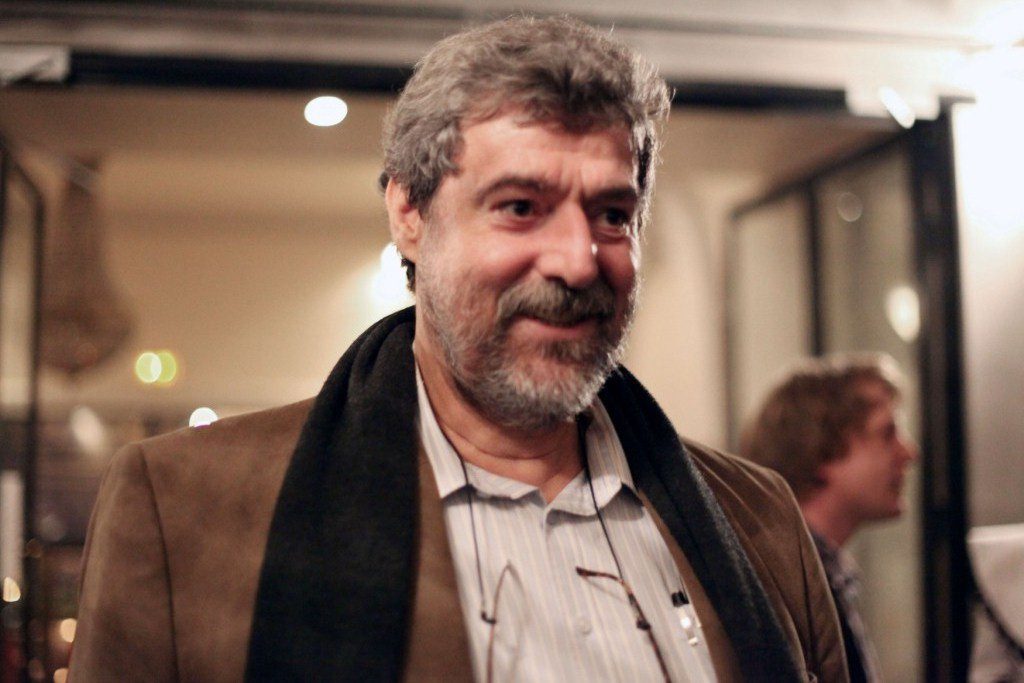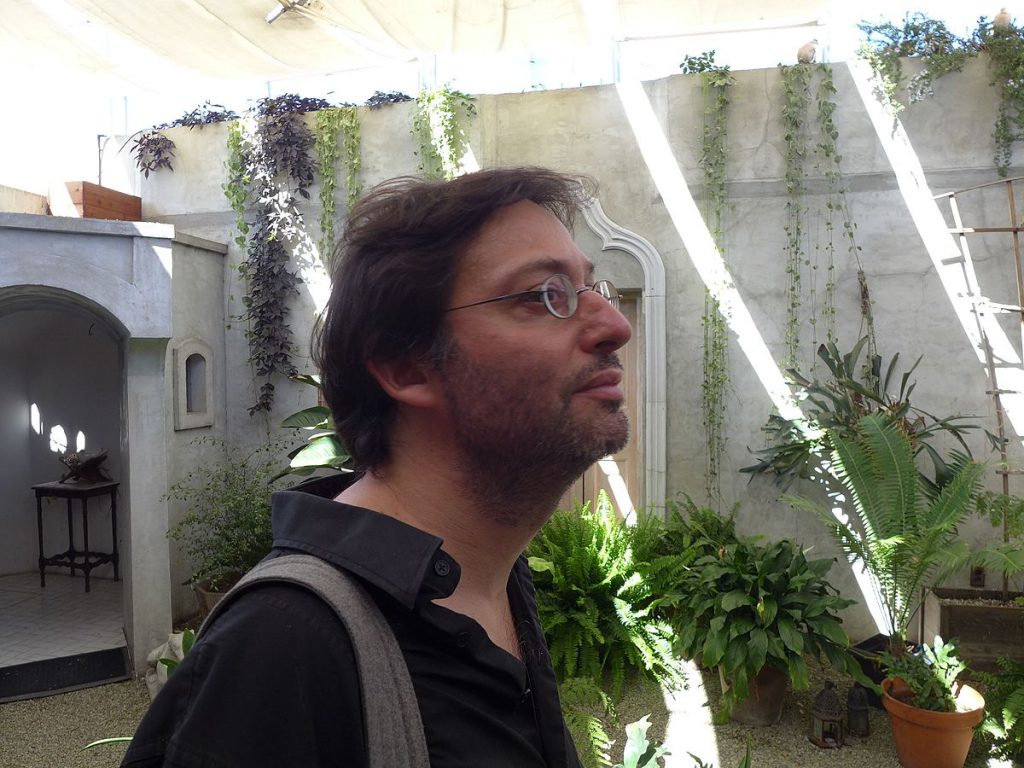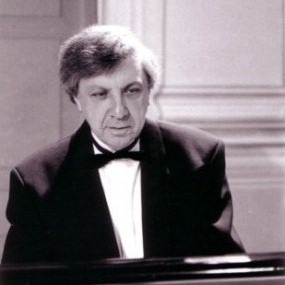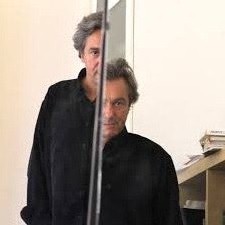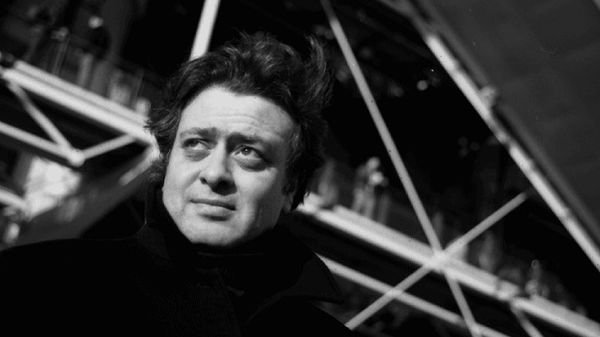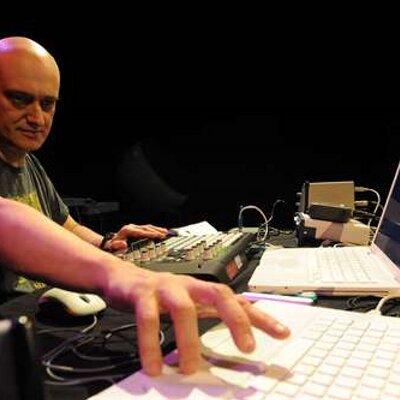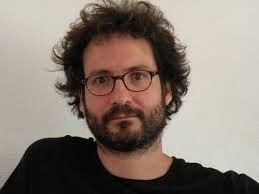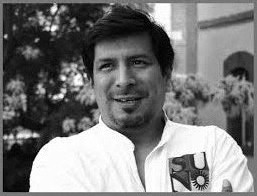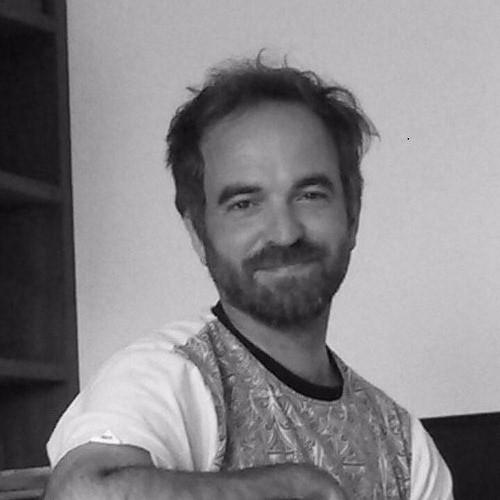
Entrevista y catálogo: aquí
Biografía
Entrada en el diccionario New Grove:
(b Córdoba, 21 Jan 1943). Argentine composer. From 1958 to 1963 he studied composition at the National University of Córdoba with Carlos Gasparini, Olger Bistevins, Juan Carlos Fernández, Ornella Devoto and César Franchisena. In 1961 he began composing his first instrumental works (Interpolations, for ensemble, and a piano sonata) and his first electro-acoustic works (Ceremonia and Hierro y espacio, 1962). From 1965 to 1968 he ran the electro-acoustic music studio of Córdoba University, and in 1966 took part in Lejaren Hiller’s course on computer-aided composition at the University of Illinois. During this time he concentrated his research on the interaction between instrumental and electronic music, in works such as Untitled, a multimedia composition involving four instrumental groups, electronic transformations, movement and lights (1965), Sonata 2, Sonata 3 and Sonata 4 for piano and tape, and Tierra-Tierra, an electro-acoustic work (1966–7). He was guest composer and researcher at Madrid University (1969–73), where he was one of the founders of the Spanish live electronic music group Alea Música Electrónica Libre, and created several live electronic and computer compositions, including Interfase (1969), Modelos de universo II (1970) and La máquina de Cantar (1971–2). He taught at Mills College, California (1975–6), where Triage for 20 tapes and live electronics was realized. From 1982 to 1985 he was a guest of IRCAM in Paris: Fractal A (1982) and Fractal C (1984), both for 16-track tape, and Thema for bass saxophone and tape (1985) were the most notable products of that residency. He was also invited to the Technisches Universität, Berlin (1986–8), where he wrote Tar for bass clarinet and tape (1987) and Sçir for bass flute and tape (1988).
His main home has been in France since 1978; he gained a doctorate in musicology from the University of Paris VIII in 1983. He has taught at the same university since 1985, and since 1996 has run its Centre de Recherche Informatique at Création Musicale. His later electro-acoustic works, Rechant (1995), Myr-S for cello and electronics (1996) and Nodal (1997), mostly use digital techniques of sound manipulation, and pay particular attention to the morphology of sounds and their articulation in space. He has won many international prizes, including the Euphonie d’Or prize at Bourges (1992).
Bruno Giner

